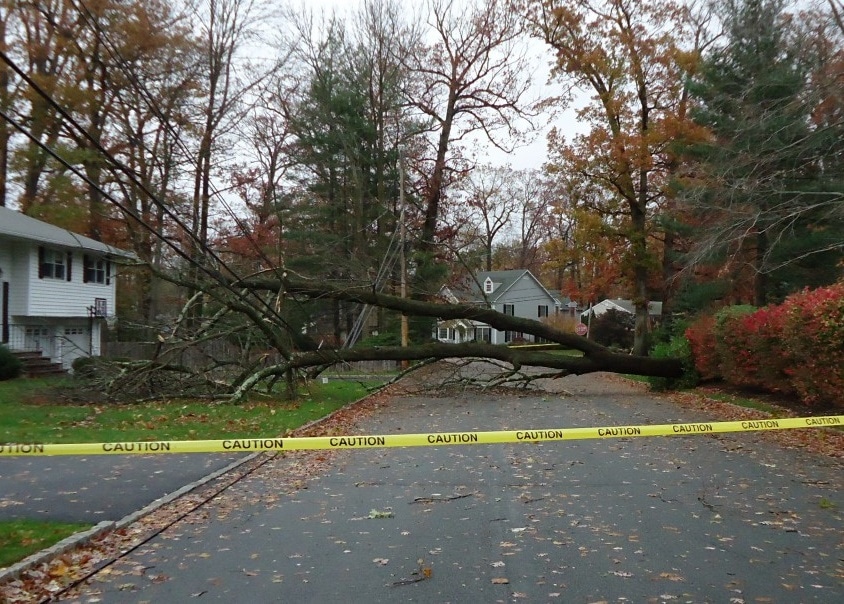It has been seven years since Hurricane Sandy caused devastation and an estimated $70 Billion dollars of damage along the Atlantic coast. My mother, living on the Jersey shore and in her late 80s at the time, absolutely could not fathom that she would be without power for nearly three weeks in the modern world. It is now 2019, and we’ve made tremendous advances in technology and methods to ensure the reliability and resiliency of the electric power system, specifically with developing advances in microgrids. However, a common regulatory framework for deploying and financing microgrids continues to be a challenge in the United States. The debate continues around such fundamental issues as: the value of resiliency, safety, ownership scenarios, interconnection requirements, and market rules.
Fortunately, the technology for innovative microgrid solutions has progressed dramatically. Advanced energy storage coupled with new controller technology, for example, is proving to provide diverse applications including voltage support, power quality, peak shaving, and load following. New energy storage solutions offer the potential for the microgrid to provide grid services, including demand response, distribution and transmission deferral, congestion relief, energy arbitrage and ancillary services. With the advent of state targets and incentives around the country, energy storage is quickly becoming cost effective for the microgrid. Success stories are appearing frequently with positive results beingdemonstrated throughout the country. For example, the California Energy Commission (CEC) recently displayed the results of its Electric Program Investment Charge (EPIC) demonstration projects which showed successful implementation of (1) low carbon-based microgrid technologies that protect critical facilities from service interruptions by providing reliable power, offering energy and cost […]
Click here to view original web page at microgridknowledge.com

